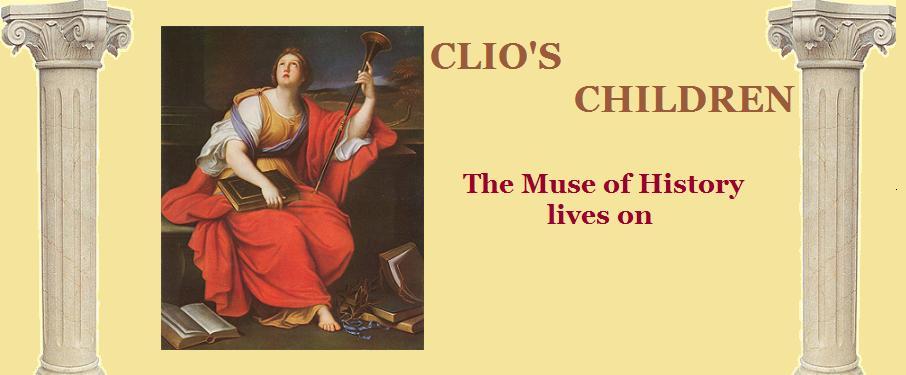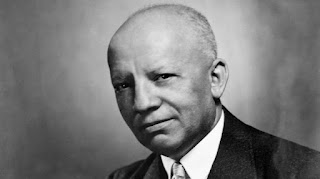The question from Koppel to Campanis that was the basis of the outroar was, "Why are there no Black managers, no Black General Mangers, no Black owners? . . ." Campanis' response sparked controversy and outcry. Two pivotal quotes from that interview were: ". . . [they are] "highly intelligent, but they may not have the desire to be in the front office." He said, "I know that they have wanted to manage and some of them have managed, but they're outstanding athletes, very God-gifted, and they're very wonderful people, . . .", and “They may not have some of the necessities.”
There needed to be a public response to the Campanis interview. That need resulted in my writing and submitting a Letter to the Editor of both the South Pasadena newspapers, The South Pasadena Review and The South Pasadena Journal. Both papers published the letter verbatim (not edited in any way) in their April 15, 1987 editions. The only difference between the two publications was the heading for the letter and the paragraph breaks. The Review headed it as "Campanis Fiasco: Why Minorities Must Excel" while The Journal headed the letter as "Campanis comments unfortunate".
The letter is re-published here and reads:
[To The] Editor:The comments of Al Campanis on Monday night were indeed unfortunate for the Dodger company.
Alas, his comments rang true in the hearts and minds of many Americans. Nigrahs, Negroes, people of color, colored, blacks are all names that have been given to those whose skin pigmentation has more tan than others of the human race. Which is exactly what we are, people and members of the collective hman race.
Our wants, desires, ambitions, motivations are identical to those of any other person of similar circumstances whose pigmentation is different from ours.
Economic security, quality education for our children, attractive and comfortable housing, opportunity for advancement, concern for our community and its growth, career (and I must emphasize "career") challenge are all elements which constitute the ladders of our hierarchy of needs as Maslow has defined such.
But our needs exceed these. They extend also into, as they did in 1950, 1966, 1979 and even 1987 (and will be in 1995 and beyond) the need to be accepted on our own merits as people. People who are capable of reasoning out complex problems of society, medicine, law, decorating, music and the arts, as well as sports.
The time for our being subservient in fact and in the minds of others and ourselves has passed. Although the race riots and freedom marches of the 1960s did much for progress in acceptance of blacks, it was and is minimal at best.
The fervor and fever have waned dismally. Acceptance has been slow to take root. Many of those roots have withered and died. The older, deeper roots of the past, of ignorance and fear and mistrust, of the bar against opportunity for proving oneself, of nonadmittance and exclusion, are still alive and growing deeper.
The duty of each and every black and each and every minority member is to strive to prove that our color, the clip of our speech, or the slant of our eyes is not fundamental to our performance or lack of performance.
Nor are these external elements part of our motivation to improve and be a vital part of our environment. Rather, they are a complement and compliment to those very things.
Actually, they are the reasons why in the past we have worked so hard. They are the reasons why in the future we will work even harder to do a superlative job of whatever we dedicate ourselves to.
Very truly yours,
YVONNE LA ROSE







